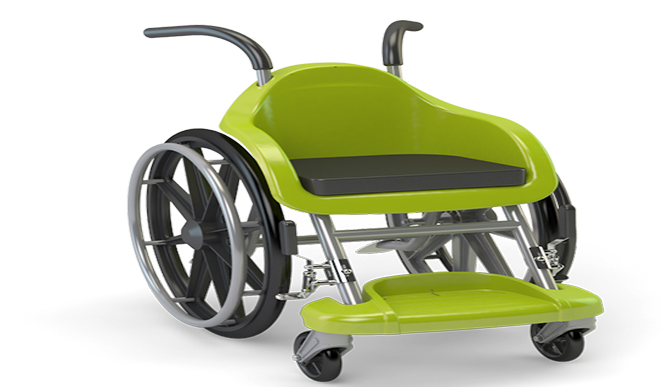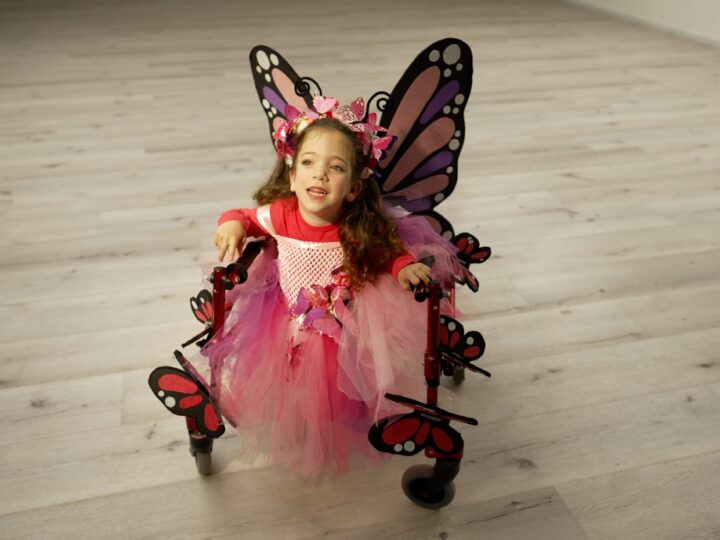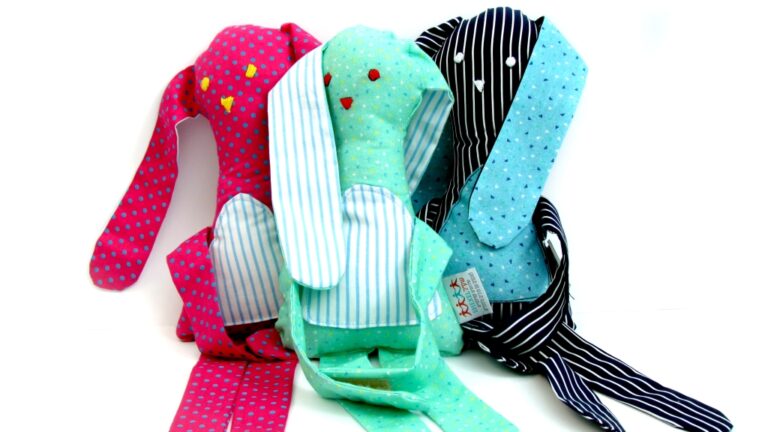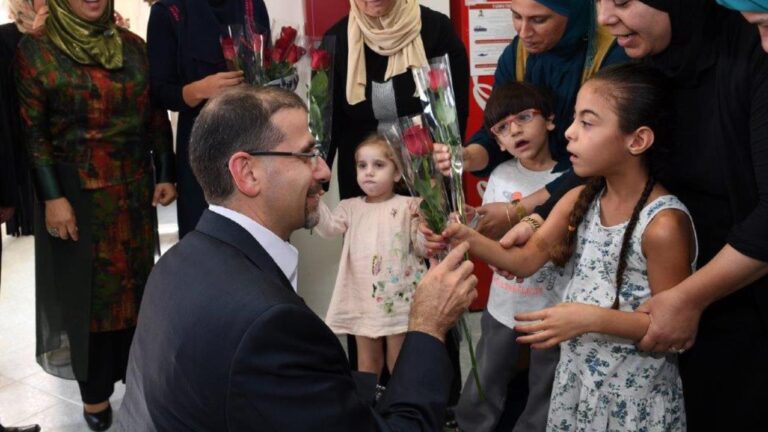Virtually every household in Israel has a few Keter brand plastic chairs, so why not use a similar seat as a base for lightweight, inexpensive but sturdy kid-friendly wheelchairs?
After 30 years as a Keter executive, Pablo Kaplan decided to do just that. With his life partner and former coworker, Chava Rotshtein, in 2009 Kaplan founded the nonprofit Wheelchairs of Hope.
The couple aims to provide colorful, maintenance-free wheelchairs to the estimated five million children in the world who cannot attend school because of mobility handicaps. Central and South America, Africa, Asia and other Middle East countries are target markets.
“Our wheelchair is specifically designed for children, as we wish to empower education through mobility,” Kaplan and Rotshtein explain. “Mobility from early childhood is a gate to education. By giving access to education we create a new generation with better skills, confidence and hope.”
Last September, the Wheelchairs of Hope founders presented their idea at the opening day of the United Nations General Assembly and were selected to serve on UNICEF’s task force for assistive technologies.
“The task force’s goal is to identify novel technologies to recommend to all member countries,” Kaplan tells ISRAEL21c. “Our product was chosen as one of those innovations.”
A chair, not a medical device
The wheelchair, to be available in bright primary colors, weighs 10 kilograms (22 pounds) and is expected to cost about $50. By contrast, the basic metal wheelchairs currently donated to developing nations by various humanitarian organizations cost at least $150 apiece and weigh 15 to 17 kilos.
“The child sitting in it will weigh a maximum of 25 kilos, so the light weight will make a big difference,” predicts Kaplan.
The first prototype, made in June 2013 on a 3D printer, followed more than a year of fine-tuning in consultation with Naomi Geffen, deputy director general of clinical services at ALYN rehabilitation hospital for children in Jerusalem, and the hospital’s biomedical lab director, Ohad Ga’al-Dor.
“We went over every single part of the wheelchair,” Geffen tells ISRAEL21c. “We were very happy with the results. It looks like something fun and not like a medical device you wouldn’t want to use.”
The Ziv-Av Engineering Group, Nekuda Design Management and patent law firm Reinhold Cohn all donated their time and expertise to make the final product a reality.
Ziv-Av CEO Itzik Taff tells ISRAEL21c that the engineering challenge was to design a “cool-looking,” low-cost product robust enough for harsh conditions such as bumpy dirt roads, yet lightweight enough for a five- to eight-year-old to maneuver easily.
“We also wanted the ability to add on devices for kids with special needs, like to stabilize the neck,” says Taff. “So we had to try to get the maximum out of what plastic can do. We used the minimum amount of material to achieve maximum strength.”
Beit Issie Shapiro, a service and advocacy organization for Israelis with disabilities, also endorsed the project. “We are very impressed with the Wheelchair of Hope, its simplicity, durability and low cost, and we are proud to be a beta site for a project which will give children new opportunities to be independent in their communities,” says Executive Director Jean Judes.
Meanwhile, in the field of adult wheelchairs, Israeli entrepreneur Nimrod Elmish and automation expert Izhar Gafni of I.G. Cardboard Technologies are working toward commercializing a lightweight, maintenance-free product made of less than $10 worth of durable recycled cardboard, plastic bottles and recycled tires.
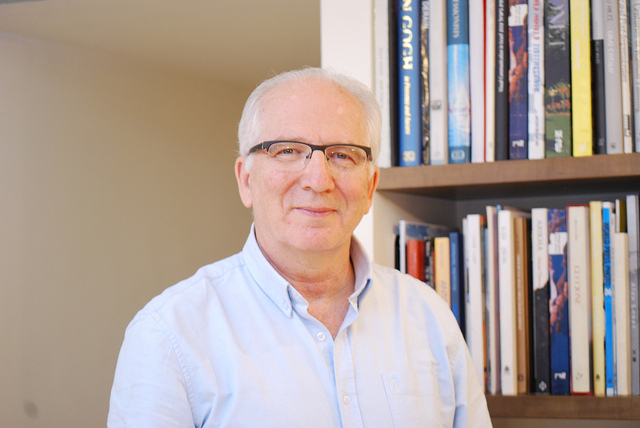
For the sake of doing good
Encouraged by the positive feedback, Kaplan and Rotshtein are seeking seed money to build manufacturing molds and basic infrastructure. Wheelchairs of Hope has the active support of the World Health Organization, and aid agencies including the International Red Cross are interested in helping to get the chairs where they are needed.
“We do a lot of work with children from Israel and abroad, and this definitely will be a low-cost solution for some of the populations we see,” says ALYN’s Geffen. “This chair is accessible to everyone and is made of durable plastic, which is important in third-world countries.”
Kaplan says he got very emotional watching the enthusiasm of a young ALYN patient who tried out the prototype bright green model and didn’t want to get out of it. He and Rotshtein hope to repeat this moving scenario many times over.
“Based on our ability to reach the minimum level of investment, we plan to start a pilot phase involving 2,500 children in four to five different countries by the end of 2014,” says Rotshtein.
The Kfar Saba residents are often asked if they came to this project out of personal experience.
“Chava and I have no relatives with disabilities,” Kaplan says. “Wheelchairs of Hope is just for the sake of doing something good using our knowledge of the plastics industry.”
For more information, see www.wheelchairsofhope.org.




